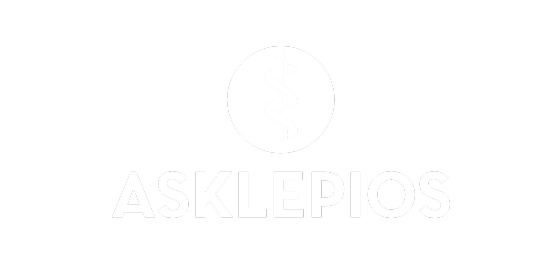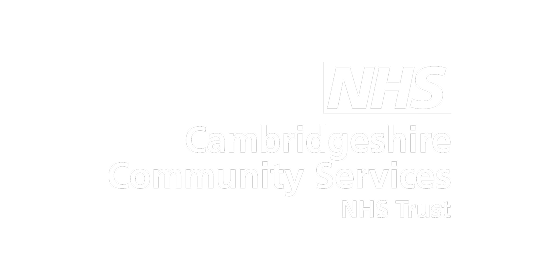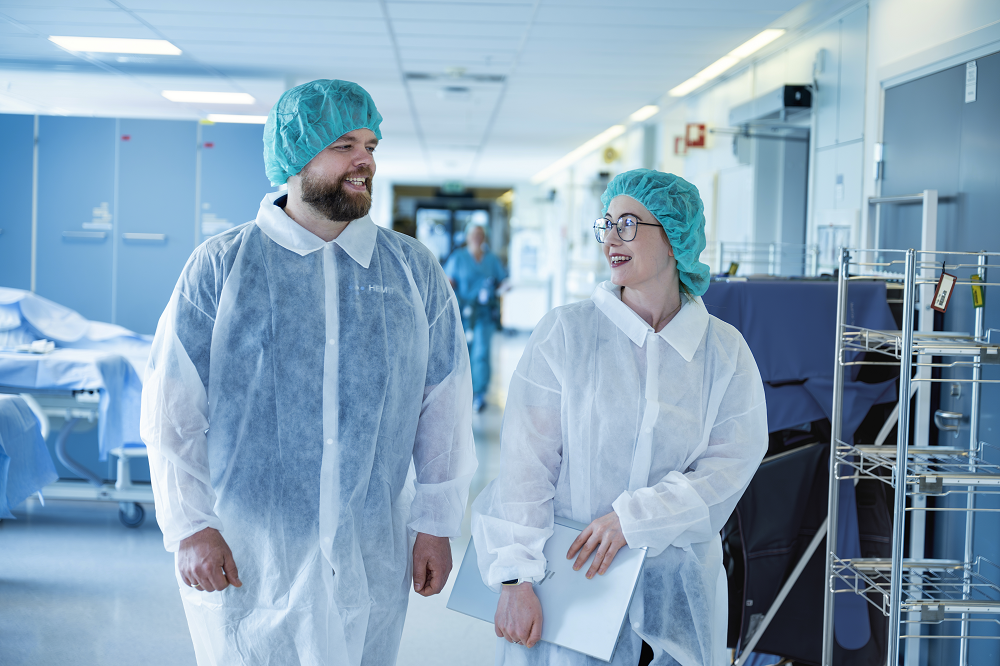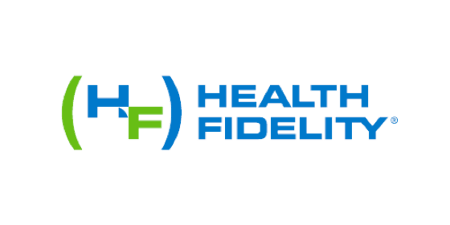
Client:Health Fidelity
Region:North America
Industry:Healthcare
HIPAA-Compliant Extraction of 1.2 Million Records (and Counting)

2X
Health Fidelity doubled its customer base without adding new developers
1.2 million
To date, Health Fidelity has successfully extracted more than 1.2 million records with UiPath RPA technology
200
average number of member documents extracted per day with UiPath Robot
Client Overview
Health Fidelity is transforming risk adjustment in the healthcare industry by providing risk adjustment solutions for those organizations that participate in Medicare Advantage, Affordable Care Act (ACA), Medicaid, and Medicare Accountable Care Organization (ACO) programs.
UiPath has enabled Health Fidelity to grow its customer base without adding document extraction employees—while successfully extracting over 1.2 million records for its clients.
Health Fidelity is transforming risk adjustment in the healthcare industry by providing risk adjustment solutions for those organizations that participate in Medicare Advantage Affordable Care Act (ACA), Medicaid, and Medicare Accountable Care Organization (ACO) programs.
The company uses natural language processing (NLP) technology to extract valuable insights from patient charts and electronic medical records (EMRs) to help their clients successfully manage clinical and financial risk. Traditionally, clinical records are underutilized in risk adjustment because of the significant costs associated with manual chart retrieval, which can be as high as $15 per record. Using the UiPath Platform, Health Fidelity provides its clients a faster, more economical way to automatically extract all medical records from remote electronic healthcare records (EHRs) in a secure and HIPAA-compliant manner without disrupting providers.
The need for new technology
As well as Health Fidelity’s technology worked, having poor or incomplete patient data coming in was more than just an inconvenience—these cases led to internal bottlenecks and delays.
“We extract physician-to-patient transcribed documentation from a number of EMRs,” said Joe, Bonazza, Director of Data Integration, Health Fidelity. “This can include document types such as progress notes, consultations, discharge summaries, and more. It can be hard to find the right information in clinical charts, yet using a manual approach to extract meaningful information tends to be costly, labor-intensive, time-consuming, and error-prone.”

Here’s why: manual clinical chart extraction processes required sending employees into a clinical setting, such as a doctor’s office or a hospital, to obtain information. This employee would log into the EMR, search for the specific member, find their encounter history, and either print their chart or save it to a thumb drive. The employee would then upload this information to an office computer or scan paper documents into the system. At best, this system was cumbersome and inefficient. At worst, it was extremely expensive and could even contribute to HIPAA compliance risk.
Technology advances have provided new methods of clinical chart extraction, including APIs, Consolidated Clinical Document Architecture (CCDA), and Health Level-7 (HL7). Each can be an effective way to transfer clinical data between software applications used by various healthcare providers. Yet they usually require significant technical support resources, often beyond the payer’s control, and come with steep upfront costs.
We quickly determined that UiPath and its RPA technology could give us a better way to extract members’ clinical documents, and do it in a HIPAA-compliant manner with little to no involvement from our clients’ technical resources.
Joe Bonazza • Director of Data Integration
The transfer technologies inadvertently contributed to another challenge: the loss of a member’s complete medical picture. To obtain a comprehensive view of a member’s chart, the employee performing the extraction must view all information and documentation as if they were a clinician administering the care. This can also include documents scanned into the EMR, as well as any other documentation from other applications used for the member’s care. This complete retrospective view typically cannot be achieved using APIs, CCDA, HL7, and similar transfer methods.
Selecting UiPath
Health Fidelity carefully considered many technologies to help its clients find a more viable route to utilizing clinical evidence while also reducing retrieval costs, increasing the quality and accuracy of documents, and improving security to help ensure compliance with HIPAA.
“We heard a lot about robotic process automation (RPA) and began to investigate this technology to learn more,” said Bonazza. “Once we did, we quickly determined that UiPath and its automation technology could give us a better way to extract members’ clinical documents and do it in a HIPAA-compliant manner with little to no involvement from our clients’ technical resources.”
One of the main reasons Health Fidelity utilizes the UiPath Platform was its ability to access data in Citrix-based EMRs. “UiPath works for all Citrix technology and related packages, including many different EMRs with access via Citrix,” said Bonazza. “We didn’t have a good way to work with these systems before, and we quickly saw that UiPath would be a significant advantage in working with many of those clients we couldn’t support in the past.”
UiPath works for all Citrix technology and related packages, including many different EMRs based on Citrix. We didn’t have a good way to work with these systems before, and we quickly saw that UiPath would be a significant advantage in working with many of those clients we couldn’t support in the past.
Joe Bonazza • Director of Data Integration
Let the extraction begin
After an initial pilot program, Health Fidelity began with three or four UiPath Robots. Using RPA technology, Health Fidelity targeted a specific roster of members, with the ultimate goal of extracting all risk-adjustable documents in the highest quality format possible.
The UiPath Robot logs onto a target EMR using supplied credentials. It then searches for the specific patient within the EMR, and once it finds the correct member, it scrapes the screen to verify that it selected the correct patient. Additionally, the UiPath Robot performs extra steps to filter documents based on their type and/or eligibility date. When all of this is complete, the Robot prints each PDF, which includes valuable metadata, logs out of the EMR, and closes the connection.
It has been highly successful. Bonazza reports that Health Fidelity is now up to 14 different UiPath Robots that process an average of 200 charts a day. “To date, we have extracted more than 1.2 million clinical documents using UiPath Robots and RPA technology,” said Bonazza. “Creating this automated ingestion path is really enhancing our data services’ ability to pull clinical information from a wider variety of locations faster than we could manually.”
Securing the future
“UiPath enables us to provide a streamlined document extraction solution for clients with little to no IT resource involvement from their perspective,” said Bonazza. “With UiPath, we can now deliver much better visibility, control, and predictability into an organization’s data acquisition activities. Not only has this helped advance our clients’ risk adjustment performance, but it’s helped our team become much more efficient, productive, and competitive.”
Related case studies
Ready for your own case study?
Speak to our team of knowledgeable experts and learn how you can benefit from agentic automation.


